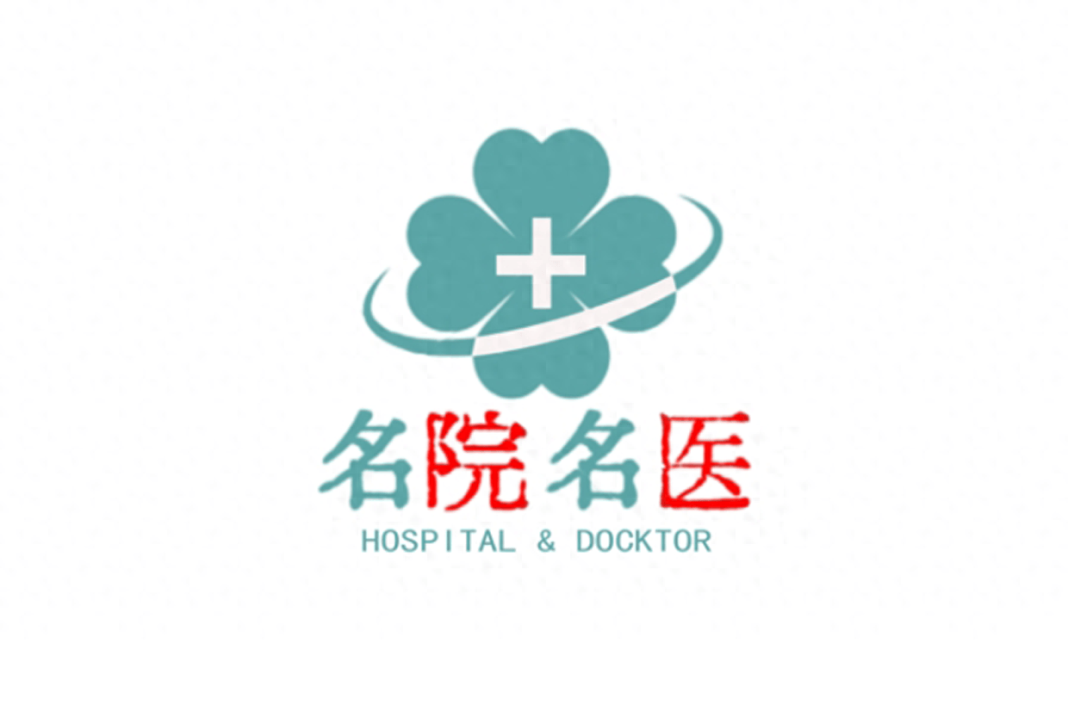According to the “2021 China Health Statistics Yearbook” data, from 2014 to 2020, the average number of artificial abortions in China exceeded 9.5 million annually, with females under the age of 25 accounting for 47.5%. Among them, nearly 50% are unmarried females, and in some regions, the repeat abortion rate reaches 55.9%. In secondary infertility, 80% of females have a history of artificial abortion. Contraception not only relates to personal physical and mental health but also influences the happiness of families and the stability of society.
### The Dangers of Artificial Abortion ###
Artificial abortion is the process of removing the embryo from the mother’s body to terminate pregnancy. It is divided into medical abortion and surgical abortion, with the latter commonly referred to as painless induced abortion. Despite the different methods, both types of abortion have harmful effects on female reproductive ability.
What are the dangers of artificial abortion? Just as eating watermelon requires damaging the surrounding white rind to clear the red pulp in the middle, artificial abortion surgery carries short-term risks such as bleeding, infection, incomplete abortion, uterine perforation, and long-term risks including chronic pelvic inflammatory disease, uterine adhesions, menstrual disorders, and in severe cases, amenorrhea, secondary infertility, increased risk of adverse pregnancy outcomes like premature birth, miscarriage, placental abnormalities, ectopic pregnancy, low birth weight, stillbirth, and fetal demise. Painless induced abortion only reduces pain during surgery but does not lessen the harm to the female body and psyche.
For high-risk abortions, the postoperative risks are higher, the likelihood of postoperative complications is greater, and the harm to the body is amplified.
#### What Is a High-Risk Abortion? ###
High-risk abortion refers to pregnant women in early pregnancy with certain local or systemic pathological factors that complicate artificial abortion surgery, increasing the difficulty and risk, and raising the likelihood of intraoperative or postoperative complications. Factors include being younger than 20 or older than 50, having had three or more artificial abortions, experiencing repeated abortions within a year, especially within six months, or having a cesarean section within six months or during postpartum lactation, among others. Having four or more artificial abortions may lead to infertility with a probability as high as 92.13%.
### Scientific Contraception to Avoid Body Harm ###
How can female friends prevent the distress caused by unintended pregnancies, better control their reproductive rights, avoid unnecessary bodily harm, and protect female reproductive health?
Mastering scientific contraception methods is crucial. Both partners must correctly adopt suitable contraceptive measures, adhere to the principles of “selecting high effectiveness, immediate implementation, and long-term commitment” to maximize avoidance of unintended pregnancies and safeguard female reproductive health.


